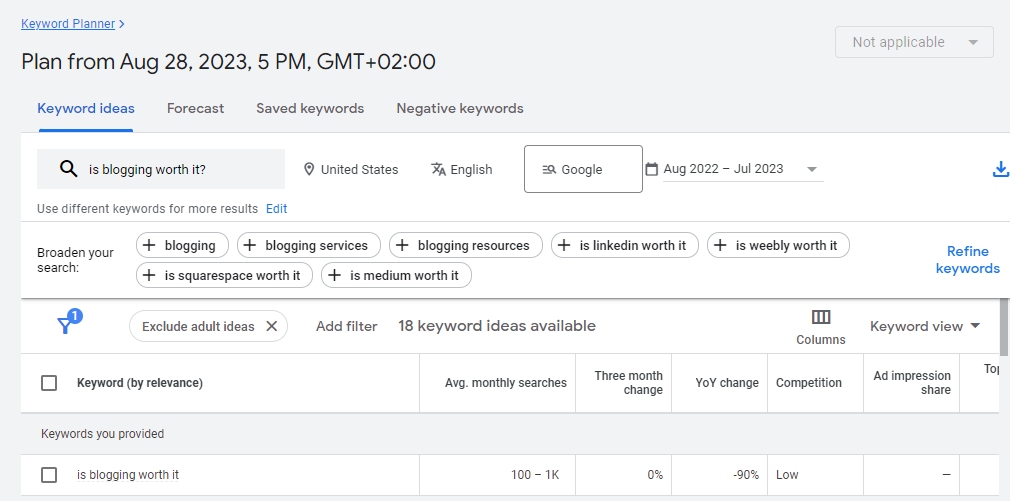A podcast is much more than recording a group of people having a lively discussion in a quiet room and publishing it online. With millions of podcast listeners worldwide, a great deal of planning has to go into the production of a podcast to make it stand out from the rest. Without the proper tools and preparation, it’s unlikely to attract much attention.
Fortunately, there are quite a few things that you can do to ensure that your podcast is a success. For instance, proper outlining can help you plan out your episodes and maintain a consistent release schedule, which in turn can help you build a loyal fanbase.
In this post, we’ll look at the three steps that you need to take to produce a podcast, whether it’s for yourself or for your clients. Let’s get started!
Step 1: Get Your Gear in Order
First things first, you’ll have to gather your equipment. For example, you’ll need to decide what type of microphone you want to use. USB mics are the most common and the simplest to set up, while other microphones make use of an XLR connection.
XLR mics will give you more editing potential, as individual audio files can be more easily adjusted post-recording to create a better balance. However, you’ll have to get an audio mixer that bridges the connection between the mic and your computer.
You’ll also need to sort out the podcast software you’ll use to record, edit, and publish your episodes. Ideally, you’ll choose a program that can put out MP3 or M4A files, which are commonly accepted by publishing platforms like Apple.
Audacity is a free software that can help you get started:

You’ll also want a dedicated recording computer, and sets of headphones for you and your guests. Plus, if you’re planning to produce a video version of your podcast, you’ll need cameras and video editing software.
Step 2: Plan Out the Episodes
Before you even think about hitting record, you’ll want to chart out the episodes that you want to produce. Creating outlines will help you organize your ideas into broad topics or themes, arrange guests and cohosts ahead of time, and build a narrative across multiple episodes.
You may want to write your outline as a script. In this case, you’ll need to plan your introduction, main talking points, and conclusion. This will help you create a logical structure for your episode.
If you want a more relaxed and free-flowing discussion, especially if you’re interviewing someone, you’ll need to create a list of questions you want to ask. This also gives you a chance to confer with your cohosts or guests to see if they have anything that they want to contribute to the episode.
It may also be worthwhile to do some research into keywords associated with your topic to learn more about what people want to hear about. Tools like Google’s Keyword Planner can help you identify popular search terms and interests:

Incorporating these keywords into your episode descriptions and summaries can help you attract new listeners and grow your podcast organically.
Step 3: Promote Your Podcast
Once you’re done with the actual recording and have published your first episode, you’ll need to start promoting your show. Social media is a good starting point. For example, you can promote upcoming episodes with teaser clips and release dates, provide additional context for each episode, and interact with your followers more directly.
Additionally, you’ll want to promote your podcast on a custom website. This can help you build a community, increase engagement, and establish authority in your niche.
A website enables you to tie together your social media platforms in a dedicated space. It also gives you the chance to use Search Engine Optimization (SEO) to drive organic traffic to your podcast.
Podcastpage.io is an easy-to-use tool that can help you quickly set up a website for your podcast:

Our website builder comes with all the tools you need to grow your podcast. For example, you can automatically import episodes from other platforms, connect your social media accounts, optimize your site for SEO, and more.
Plus, having a website enables you to monetize your podcast. For instance, you could promote affiliate products, offer paid membership content, display ads, and more.
Conclusion
Starting a new podcast may seem like a daunting task, whether you’re doing it for yourself or for clients. However, much of the work can be made easier with the right preparation and tools.
To recap, here are the three steps to producing a podcast:
- Get your hardware and software set up.
- Create outlines and scripts for your episodes.
- Promote your show on social media and your own podcast website.
Podcastpage.io can help you launch a powerful website for your podcast, with features like templates, automatic episode imports, and tools to automate and ease your workload. Get started today for free!



